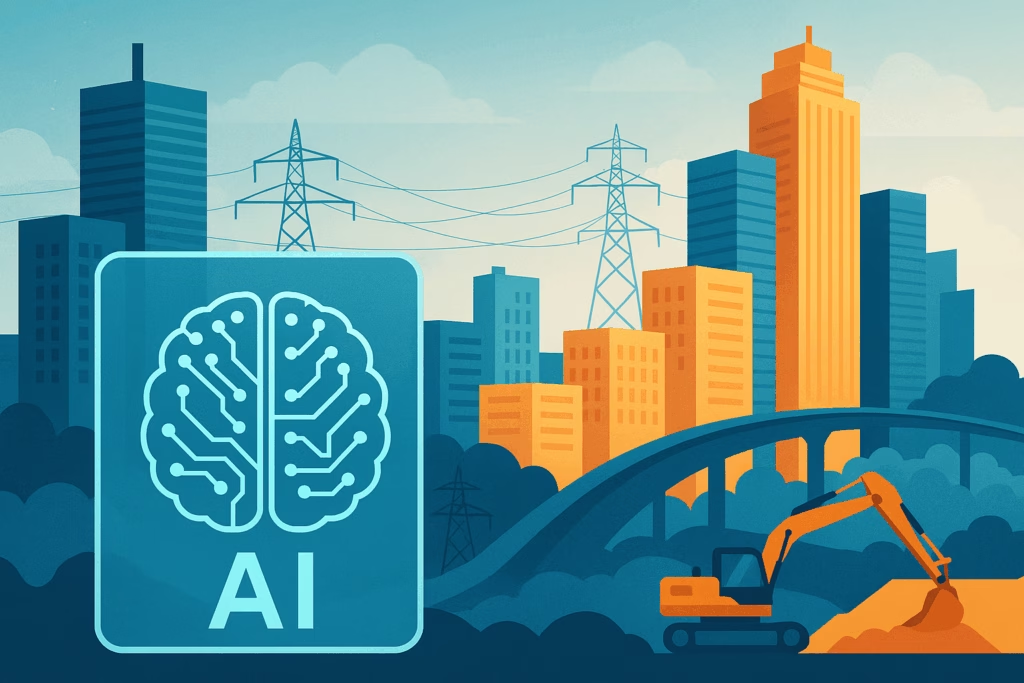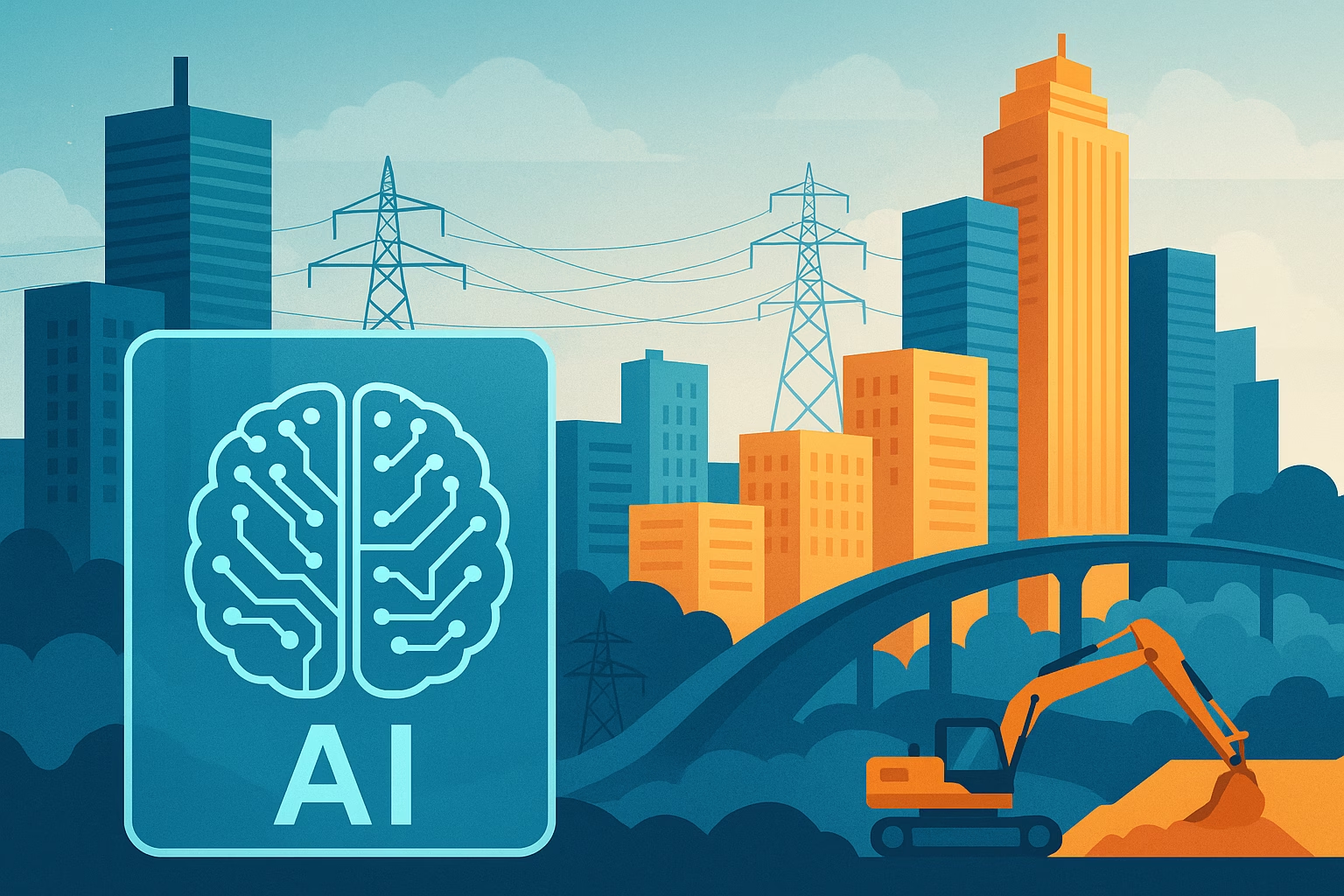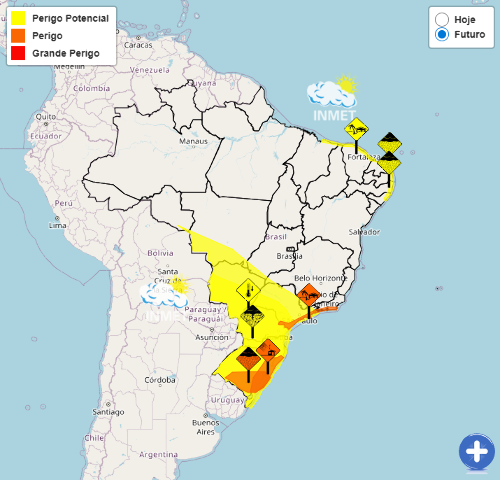News Americas, NEW YORK, NY, Mon. July 28, 2025: Across the Caribbean, over 44.6 million people live in urban areas shaped by centuries of colonial neglect, climate vulnerability, and exclusion from modern finance and infrastructure planning. Informal settlements and underserved communities remain systematically locked out of traditional urban development systems. As climate risks escalate and infrastructure needs grow, the region faces a staggering estimated $100 billion shortfall in capital required for resilient housing, energy, transportation, digital infrastructure, and climate-ready urban upgrades.
But within this urgent challenge lies a powerful opportunity: artificial intelligence.

A new generation of AI-powered tools is emerging that could transform how Caribbean governments, investors, and civil society approach urban planning, risk modeling, and capital mobilization. From high-resolution geospatial mapping to predictive climate analytics, AI is quietly becoming one of the most promising tools to identify both investment opportunities and real-time vulnerabilities across the region.
Making the Invisible Visible
One of the core barriers to investment in the Caribbean is a lack of high-quality, localized data – particularly in informal or marginalized communities. But recent projects like the Inter-American Development Bank’s MAIIA initiative demonstrate how machine learning can process satellite imagery to automatically detect informal housing, narrow footpaths, and infrastructure gaps.
In Brazil, the MapBiomas project uses pixel-level AI classification to monitor land use and environmental change with extraordinary accuracy. These approaches are now being adapted to Caribbean contexts, offering unprecedented visibility into development needs and investment-ready opportunities.
Forecasting Risk, Unlocking Capital
AI doesn’t just map communities – it also helps forecast where future risks will emerge. By combining satellite data with climate projections, soil permeability, urban heat indicators, and migration trends, AI platforms can identify future hotspots for flooding, storm surge, heat stress, and infrastructure strain.
This predictive intelligence is a game-changer for governments, Diaspora funders, and climate finance institutions. It enables better prioritization of resources and helps investors de-risk infrastructure and real estate projects by illuminating areas of future risk and adaptive need.
Building Smart Cities with Digital Twins
Select Caribbean governments and city planners are now exploring the development of “digital twins” – dynamic virtual models that simulate future climate-stress scenarios in real time. These digital twins can incorporate hyperlocal data, such as microclimates, water flows, building materials, and community infrastructure to model the potential impacts of interventions before they are implemented.
Digital twins can help maximize infrastructure investments, reduce risk, and improve community trust in planning decisions by enabling governments to test solutions virtually before building them in reality.
A Predictive Climate Resilience Index
To further support smart investment, regional planners are proposing tools like a Predictive Climate Resilience Index—an AI-powered platform that combines geospatial urban density, informal employment, climate migration, soil data, and weather forecasts to identify today’s risk zones and tomorrow’s vulnerability hotspots.
Such tools could enable governments and regional banks to channel resources where the long-term risk-reduction and social impact will be highest.
AI also unlocks new possibilities for participatory governance. Smartphone apps and machine learning platforms can be used to crowdsource community-level data – from flood risk maps and informal water networks to cultural knowledge and governance patterns. This ensures that investments are shaped not only by technology but also by lived experience.
Participatory AI affirms a key truth: those most impacted by climate and development risks are essential co-creators of the solutions.
A Caribbean Imperative
With the region’s infrastructure gap projected to exceed $100 billion by 2030, and over half the population living in high-risk climate zones, traditional finance and planning models are no longer sufficient.
Artificial intelligence is not a cure-all. But it is a force multiplier – for insight, for equity, and for investment. Whether used to design resilient housing, optimize urban drainage, or guide diaspora-backed investment strategies, AI can help the Caribbean build faster, smarter, and more inclusively.
The Caribbean doesn’t have to wait for global capital to arrive. With collective and artificial intelligence, it can build the future from within.




